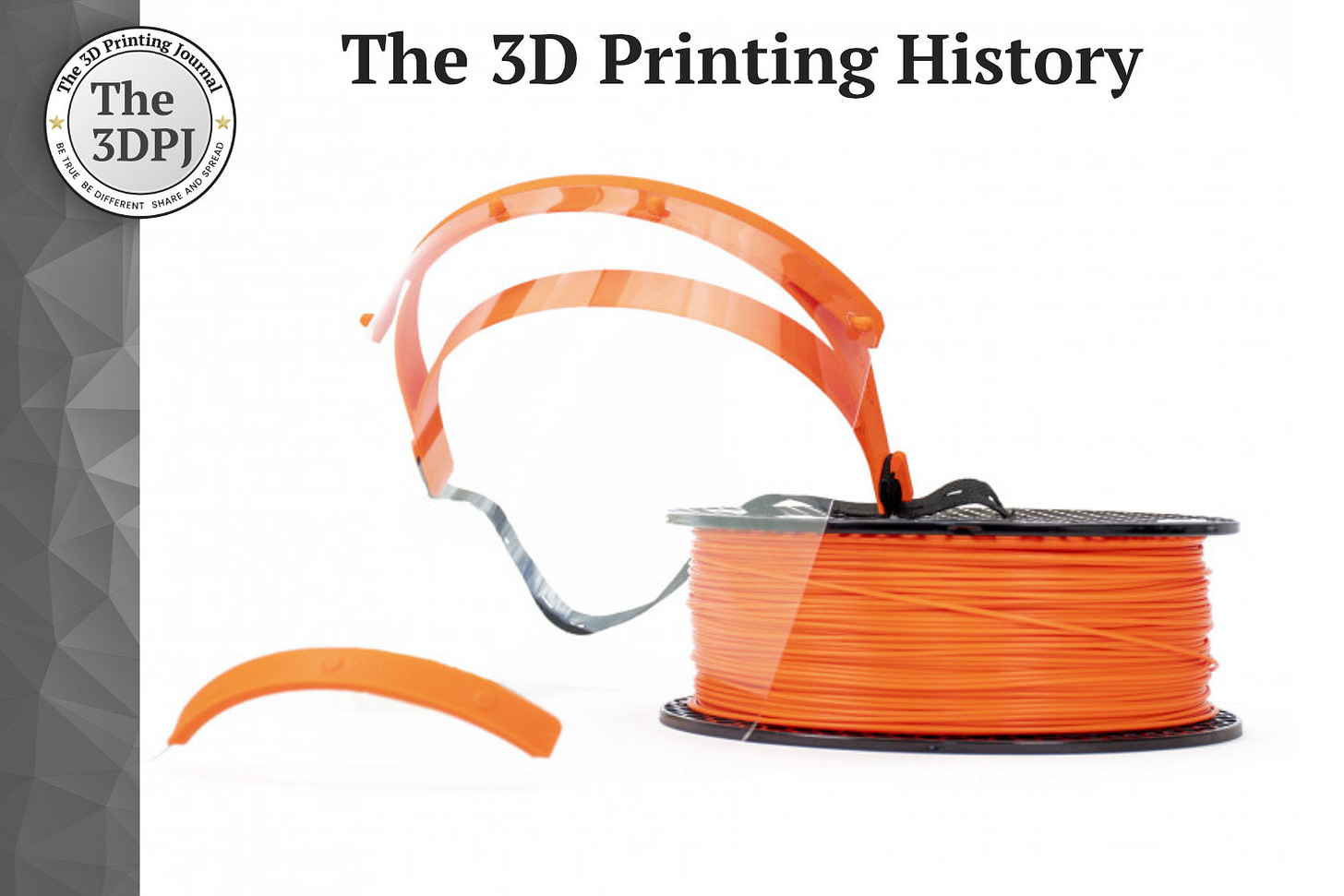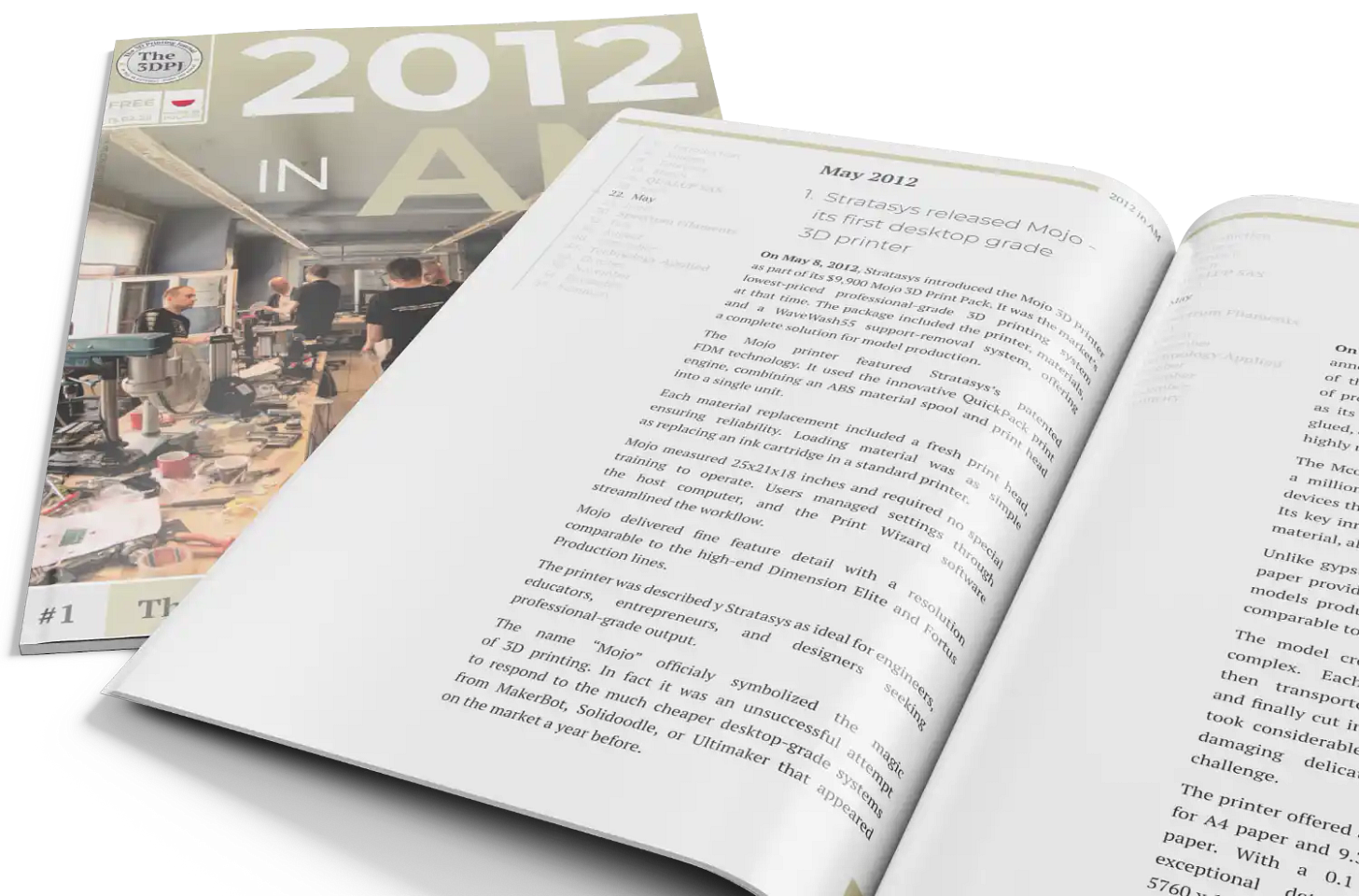03-18-2020: Prusa Research introduced protective face shields - one of the most printed 3D projects in history
A symbol of the first wave of the COVID-19 pandemic
On March 18, 2020, Josef Průša published a post on the company blog introducing a 3D-printable protective face shield. This was a response to the rapidly growing demand for medical accessories as the COVID-19 pandemic spread across the world. Since most of the early designs at the time were largely amateur and failed to meet proper standards, Průša decided to create an alternative design in collaboration with specialists.
In just three days, the Prusa Research team, supported by Martin Havrda from the Vinohrady University Hospital in Prague, developed several prototypes. This resulted in a functional version of the protective shield, which received approval from the Czech Minister of Health.
The entire construction consisted of four parts: two 3D-printed components (the top and bottom of the shield), a front visor made from a properly cut transparent plastic sheet (0.5 mm to 1 mm thick), and an elastic band to secure the shield on the wearer’s head. Prusa Research announced an initial production of 800 shields per day using its 3D printer farm, later optimizing the laser-cutting process to ramp up production to 4,000 units per day.
Soon after, the world saw a massive surge in 3D-printed protective shields. In Poland, one of the key figures behind a nationwide initiative was Anna Ślusarczyk, known from The 3D Printing World Guide. In just one weekend, she mobilized thousands of volunteers across the country (personally coordinating efforts in the Łódź region, where we are based). Even Poland’s President, Andrzej Duda, joined in—printing face shields on his Zortrax M200 (true story!).
Regardless of how we view this initiative today, it marked a breakthrough moment for 3D printing technology. For the first time in history, it demonstrated the power of distributed manufacturing—thousands of individuals worldwide produced functional products weeks before mass injection-molded alternatives became available.
As a result, many people bought 3D printers, and Josef Průša himself made an excellent business move by promoting brand new, organge PETG filament as the best material for this project. PETG also reached the peak of its popularity during this period, becoming the second most widely used filament after PLA.
Source: www.prusa3d.com




